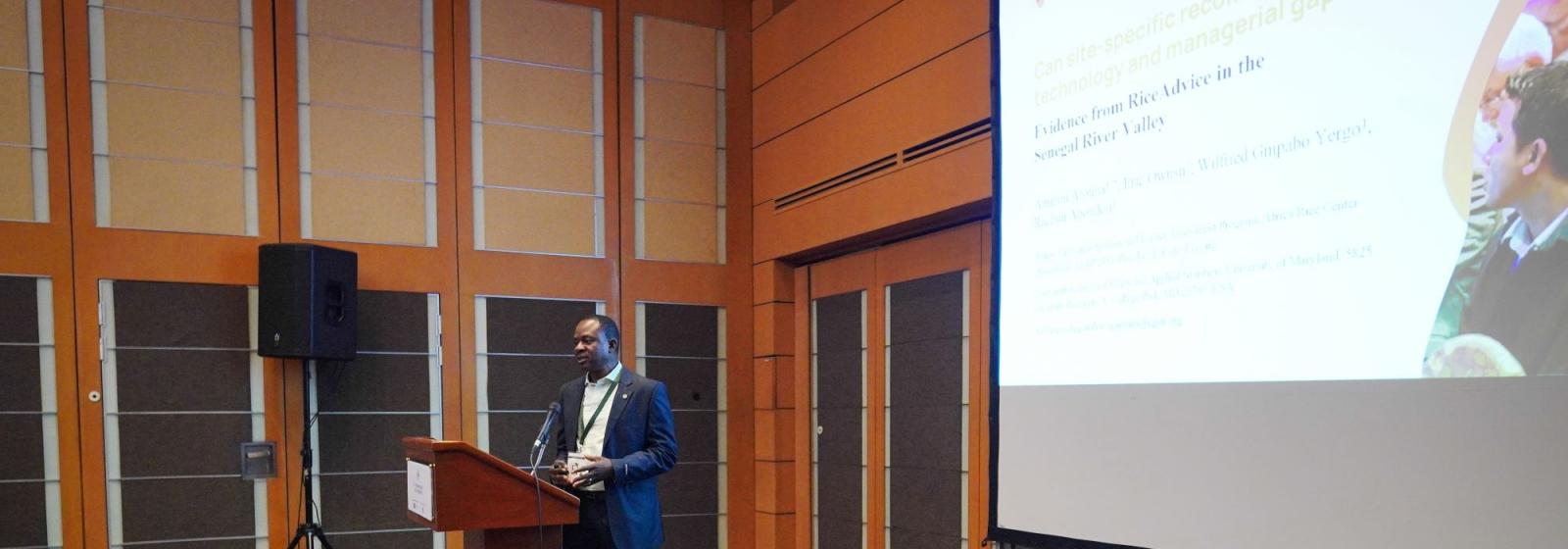Studies show rice breeding innovations and technologies have made positive impacts on Asian and African farmers
- From
-
Published on
08.11.23

Manila, Philippines (27 October 2023) – Evidence of the positive impact of rice breeding innovations and technologies on the productivity, income, and resilience to climate change of Asian and African rice farmers were presented at the symposium titled Adoption and Impacts of rice innovations: What do we know so far? , organized by the Transformative Policies & Investments Unit of the International Rice Research Institute (IRRI) at the sidelines of the 6th International Rice Congress.
In 1966, IRRI introduced the high-yielding semi-dwarf rice variety IR8 in the Philippines and India. Dubbed the “Miracle Rice,” IR8 dramatically increased the yields of rice and played a significant part in the Green Revolution. IRRI has released hundreds of other varieties of rice since IR8 to keep rice production ahead of population growth.
What would have been the aftermath if the IRRI breeding program had not released new rice lines after IR8?
“Using the economic surplus framework, we found strong positive returns on IRRI and national partners’ investment in varietal improvement,” Rowell Dikitanan, an Agricultural Economist at IRRI, said during his presentation titled “Returns on investments in rice varietal development: Case of small and large economies”.
The major result of the financial analysis showed positive net present value (NPV) in Bangladesh, Nepal, Cambodia, Indonesia, Thailand, and the Philippines, with Bangladesh having the highest NPV of around USD 34 billion.
In terms of the benefit-cost ratio, it also showed favorable results among the countries assessed. In Indonesia, for instance, for every one-dollar investment, there is a gross return of USD 283, indicating that the benefits of the investment outweigh the costs.
“We now have evidence in Asia and plan to expand the analysis to African countries,” said Mr. Dikitanan. “The results will be useful in…
